Recent Posts
-
From Dr. Dennis Hancock, UGA Forage Specialist: Because of the wet fall, many producers have faced extremely difficult field curing conditions for their hay. Additionally, hay that was bone dry in the field has, in many cases, developed mold problems in the barn. This later issue has been problematic for us in 2015, and it…
Posted in: Forages -

Herbicides for Controlling Broadleaf Weeds in wheat Wild radish are the number one problem weed in small grains in our area. 2,4-D is the cheapest herbicide to use, but often waiting until the small grain is fully tillered allows the radish time to grow to a point where they cannot be successfully controlled. Farmers like applying nitrogen…
-
Cotton Market News From Dr. Don Shurley: Cotton has had a relatively good last couple of weeks. Prices (Mar16 futures) seem to have found increasing support around the 62-cent level. Sixty-two cents is nothing to get excited about, but firming up the floor in what remains a very volatile and uncertain market is a good…
Posted in: Cotton -
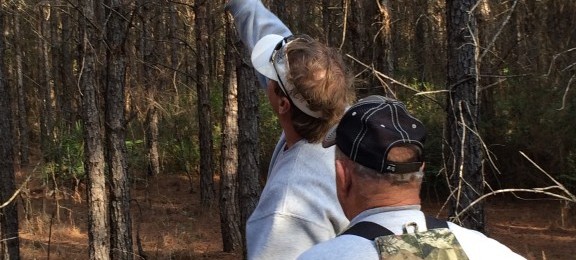
Forestry Workshop & Field Day October 6, 2015 – Vidalia Onion and Vegetable Research Center (VOVRC) 8163 Hwy 178 Lyons, Georgia 30436 The University of Georgia Warnell School of Forestry & Natural Resources in conjunction with the College of Agriculture & Environmental Sciences are offering forestry workshop and field day for professional foresters, land managers, forest…
Posted in: Forestry -

Hay producers, be sure to submit a forage sample for the 2015 Southeastern Hay Contest. Samples must be at the lab in Athens by September 28, so have the samples to our office by September 21. Farmers can submit more than one sample. Cost is $17. Categories are: Warm season perennial, Alfalfa, Perianal Peanut, Cool Season Perennial,…
Posted in: Forages -
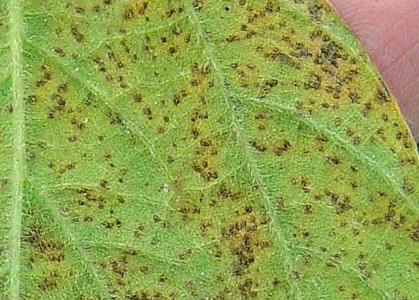 Posted in: Soybeans
Posted in: Soybeans -
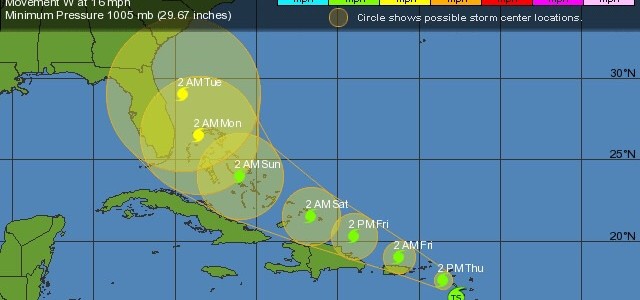 Posted in: Weather
Posted in: Weather -
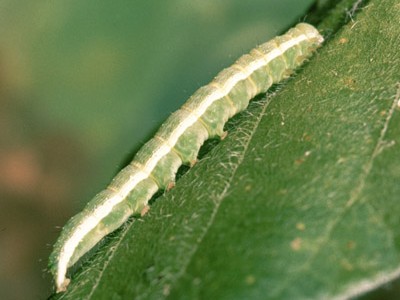
This is the time of year when we start seeing worm populations increase in peanut fields. In fact, not long after my last “Peanut Update” post, I started finding more Velvetbean Caterpillars in peanut fields. The treatment threshold level of foliar feeding worms in peanut is 4 to 8 per foot of row no matter which one…
Posted in: Peanuts -
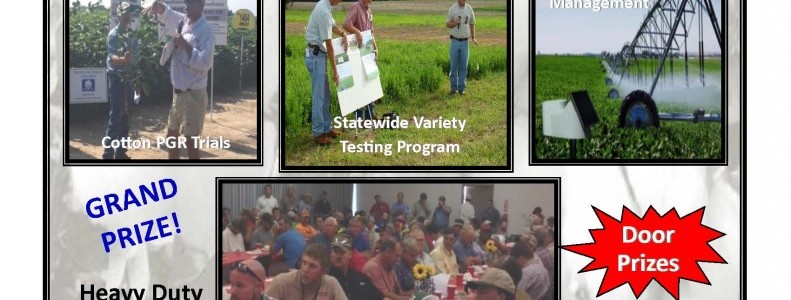
The Field Day at the UGA Research Station in Midville will be August 12 at 9 a.m. The research station is located at 9638 Highway 56 South Midville, GA 30441-8887
Posted in: Meetings and Events -
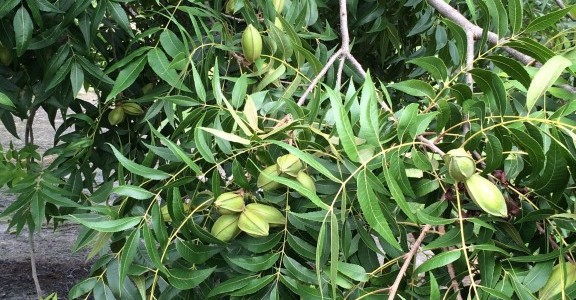
One of the worst things for pecan growers to see is green pecans on the ground dropping from the tree. After taking care of trees, spraying, fertilizing, watering and mowing orchards, for the past six months this year, it’s disappointing to see nut drop. There a few different things that cause this. Dr. Lenny Wells, UGA…
Posted in: Pecans